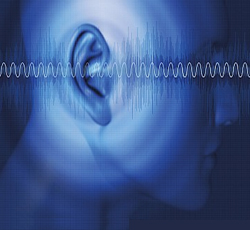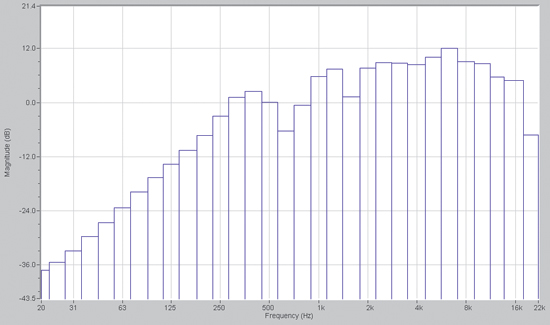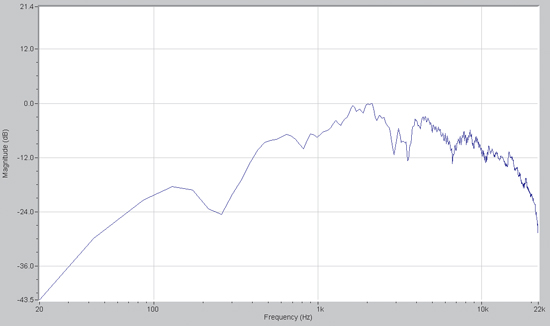
The old adage “An ounce of prevention…” could never be more true. System equalization then becomes meaningful and fast, providing the “icing on the cake” of the performance of a sound system.
It makes a good loudspeaker sound better, and brings the system to its fullest potential given the acoustic environment into which it is placed. A bad room is a bad room, regardless of how we process the electrical signal that drives the loudspeakers.
When used properly, the traditional 1/n-octave real-time analyzer is a useful tool outdoors at any distance. Indoors, the effects of reflected sound and non-frequency-uniform room absorption produce some problems for this method at measurement distances remote from the loudspeaker.
One solution is to utilize a weighting curve that reduces the target level of the high-frequency portion of the spectrum. Attempts to achieve a flat system response at remote listener positions without the use of a weighting curve can result in harsh-sounding systems and even component damage.
Transfer function analysis addresses some of the shortcomings of the 1/n-octave RTA, but it requires greater expertise on the part of the user. Failure to properly compensate for the time differential between the reference and measured signal can produce wildly erroneous results.

The time window length must also be selected by the user, and different lengths will produce different displayed responses. A frequency-dependent time window produces a display that correlates well with human perception.
The most important feature of either measurement method is a knowledgeable operator – one who understands the caveats of each approach along with the basic characteristics of the human auditory system.
None of the questions raised here have a single, correct answer. This means that experience, good judgment, and common sense rooted in Newtonian physics are still a part of the measurement process.

Sound is a relatively easy quantity to measure, but measurements that correlate with human perception are much more difficult. Analyzers driven by omni directional microphones do a poor job of emulating the human listener. At this point one could ask, “So why measure at all? Why not just listen?”
Next time, we’ll have a look at this provocative question.
